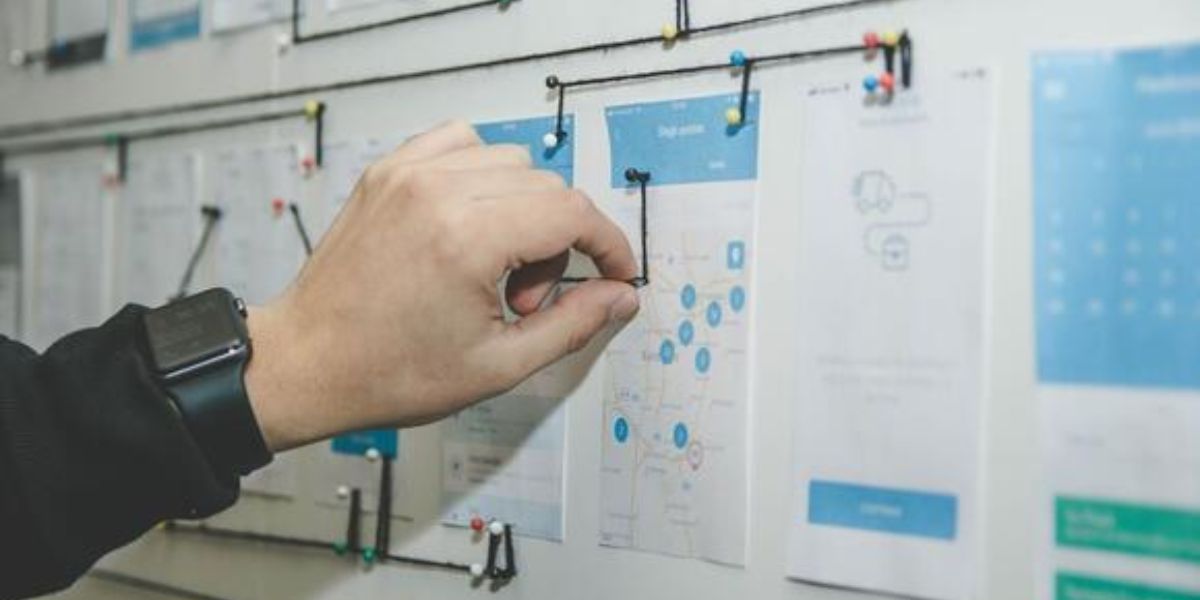As utility bills continue to rise, many Americans are facing tough financial choices to keep the lights on. This struggle is particularly common in southern and rural states, where incomes tend to be lower, and the weather can make energy costs even harder to manage.
A recent study by LendingTree, based on data from the U.S. Census Bureau, reveals that more than one-third of Americans (34.3%) have had to skip or reduce essential household expenses like groceries, medication, or rent over the past year to afford their utility bills. Here are five states where this trend is most noticeable, with residents making significant sacrifices to keep up with their energy costs.
1. Mississippi
Mississippi has the highest rate of residents cutting back on basic necessities to pay for utilities, with 44.5% of people reporting they have had to make these tough choices. This is the highest percentage in the country.
Mississippi’s below-average median income and higher-than-average electricity costs make the situation worse. Around one-third of the state’s residents (33.4%) said they have been unable to pay part or all of their energy bill at least once in the past year. The high cost of electricity, combined with low incomes, puts constant financial pressure on households, leaving many people struggling to stay warm or cool enough during extreme weather.
2. Alabama
In Alabama, 44.3% of residents reported that they’ve reduced or skipped necessary expenses, just slightly behind Mississippi. The state also saw a significant number of people (29.4%) who couldn’t afford to pay their energy bills at least once in 2024. One factor contributing to this challenge is the high electricity prices in Alabama. In August 2024, the average monthly electricity bill was $225.65, which is more than 20% higher than the national average. With some of the lowest credit scores in the U.S., many residents struggle to find ways to manage these unexpected costs.
3. Oklahoma

Oklahoma ranks third, with 42.1% of residents cutting back on essential expenses to keep up with utility payments. This is largely due to the state’s hot summers, where air conditioning becomes a necessary expense. Although Oklahoma’s average energy bills are closer to the national average, many households face financial challenges. With limited savings and access to credit, families are forced to make hard decisions about what they can afford, prioritizing utility bills over other essential needs.
4. Louisiana
Louisiana, which was ranked as the top state in a previous LendingTree study, still sees a large number of residents (41.7%) sacrificing necessities to afford utility bills. While Louisiana benefits from the lowest electricity rates in the country at just 11.57 cents per kilowatt-hour, the state still faces high monthly utility bills due to heavy energy usage, especially during the hot summer months. With relatively low incomes, the financial strain on residents remains significant, and many continue to face challenges paying their energy bills.
5. Wyoming
Wyoming rounds out the top five states, with 41.5% of residents reporting that they’ve had to cut back on basic needs to keep up with rising energy costs. Unlike the other states on this list, Wyoming isn’t located in the South, but it still faces significant financial challenges.
The state’s energy rates remain relatively low, but Wyoming saw one of the sharpest increases in average utility bills from August 2023 to August 2024, with costs rising by 20.8%. Coupled with long, cold winters and a high percentage of residents keeping their homes at unsafe or unhealthy temperatures, many people in Wyoming are feeling the financial squeeze.
The Bigger Picture: Rising Costs and Fragile Finances
The trend of cutting back on essential expenses to pay for utilities is a growing concern, especially in states with lower average incomes and higher energy costs. Rising energy prices, combined with financial strain, have left many families in these states struggling to maintain a balance between staying warm or cool enough and meeting their basic needs. This issue is especially difficult for residents who don’t have the financial flexibility to absorb unexpected costs.
As utility costs continue to climb, families in these states are being forced to make tough trade-offs that go beyond simply paying for electricity. These financial pressures can impact a person’s overall health, wellbeing, and quality of life, leaving many people to navigate the difficult realities of managing their household budgets in a time of rising energy prices.
In conclusion, the situation in these five states illustrates how rising energy costs are impacting the financial stability of families across the country. While some states may have lower electricity rates, the overall financial pressure caused by high energy consumption and lower income levels makes it a struggle for many to keep up with the ever-increasing costs of basic utilities.
As we move forward, it’s clear that more needs to be done to ensure that energy costs remain manageable for all Americans, regardless of their income level or location.
Disclaimer: This article has been meticulously fact-checked by our team to ensure accuracy and uphold transparency. We strive to deliver trustworthy and dependable content to our readers.




